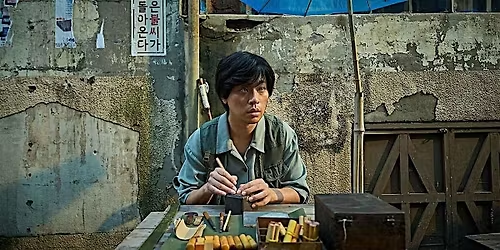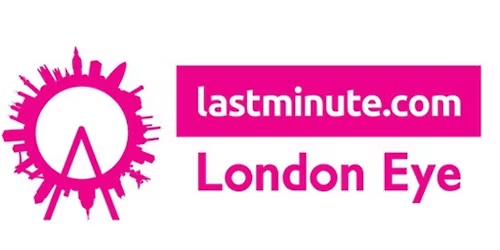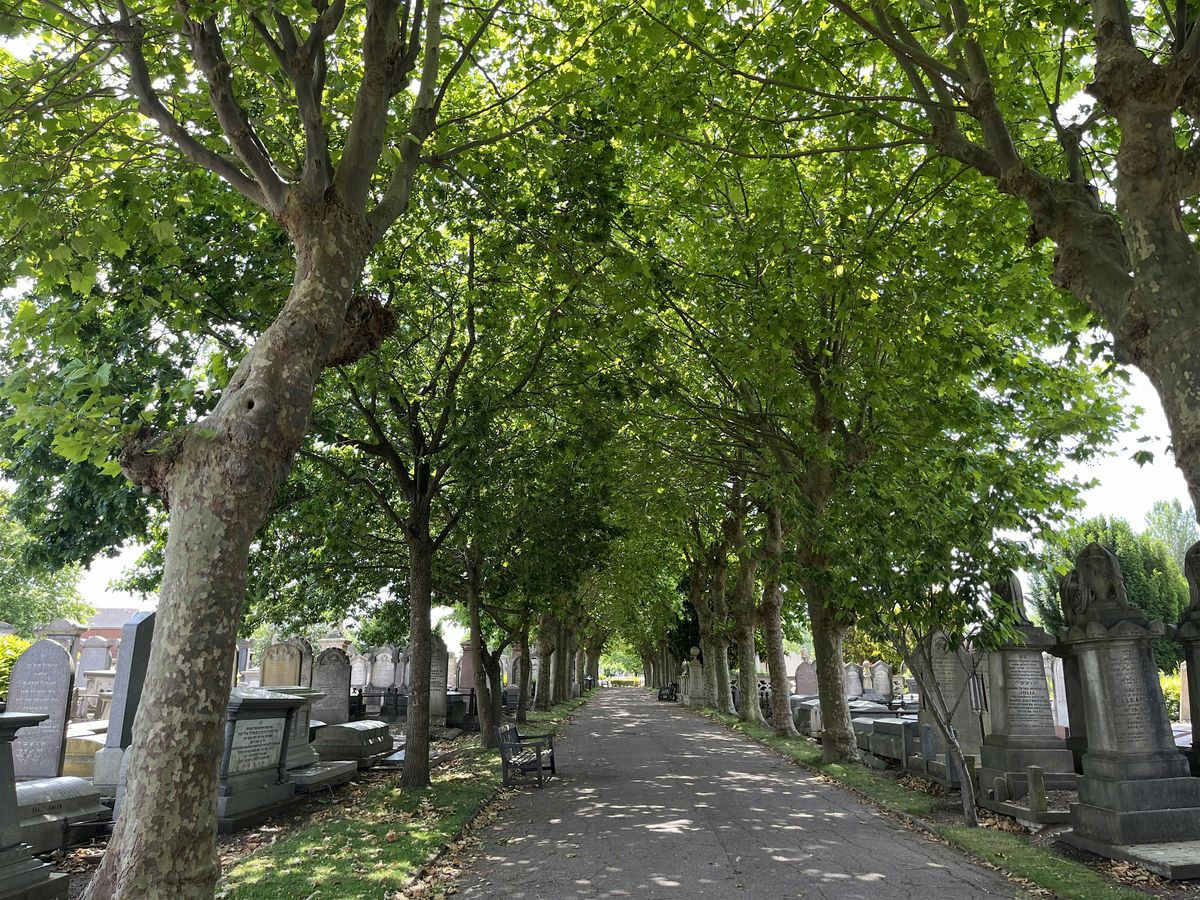Slavery: Ten Stories - An Indispensable Chapter in Dutch History
Schedule
Tue, 30 Sep, 2025 at 07:00 pm to Thu, 30 Oct, 2025 at 09:00 pm
UTC+01:00Location
Dutch Centre | London, EN

About this Event
In 2021 the Rijksmuseum in Amsterdam organized a groundbreaking exhibition on slavery. As the national museum for art and history, the Rijksmuseum aims to illuminate all aspects of Dutch history, of which slavery is an integral part. By delving deeper into the past and providing a more complete narrative, we learn to better understand today’s society.
This exhibition about slavery takes the form of personal and real-life stories rather than abstract concepts. There are stories from Brazil, Suriname, and the Caribbean, and from South Africa and Asia. For the very first time, the focus is on slavery in the Dutch colonial period. This era spanning 250 years is an integral part of the history of the Netherlands. It was a time when people were reduced to property, to objects, to items in the accounts. The exhibition tells ten true stories from people who were involved in slavery in one way or the other. Ten personal stories about people who were enslaved, and people who kept slaves; about people who resisted, and people who were brought in slavery to the Netherlands. What were their lives like? How did they relate to the system of slavery? Were they able to make their own choices? Each story is told through informative panels. By examining the role of individuals within the system, this exhibition strives for a deeper understanding of slavery and raises questions about injustice as a universal phenomenon and the role individuals play in protecting human rights.
Ten True Stories: A Deeper Dive
- João: An enslaved man from West Africa, who became a victim of the Dutch transatlantic slave trade.
- Wally: Worked his entire life on a Surinamese plantation and eventually fled, with tragic consequences.
- Oopjen: An affluent Amsterdam woman whose life was influenced by slavery in various ways.
- Paulus: A young man from Africa who worked as a servant in a Dutch household and became a timpanist.
- Van Bengalen: A collective name for thousands of enslaved women, men, and children from the Bay of Bengal.
- Surapati: A Balinese leader who rebelled against the VOC in Java in the 17th century and became a national hero.
- Sapali: A woman who hid rice grains in her hair, enabling survival outside the plantation economy for Maroons in Suriname.
- Tula: The inspirer of an uprising on Curaçao at the end of the 18th century, who fought for freedom, equality, and brotherhood.
- Dirk: An abolitionist at the end of the 18th century who nevertheless continued to buy enslaved people.
- Lohkay: A woman who fled a plantation on Sint Maarten and inspired many others to resist.
This exhibition aims to contribute to public awareness of this crucial and complex topic. , senior curator at the history department of the Rijksmuseum, was involved in this international travelling exhibition from the very beginning and will be giving an insightful talk. To acknowledge and reflect on the part the Dutch community in London played in the transatlantic slave trade, the Dutch Church will be adding several panels of its own to this exhibition.This exhibition will be on display during the entire month of October. Please contact us if you wish to visit outside our October events schedule.
Where is it happening?
Dutch Centre, 7 Austin Friars, London, United KingdomEvent Location & Nearby Stays:
GBP 8.83 to GBP 16.96




















